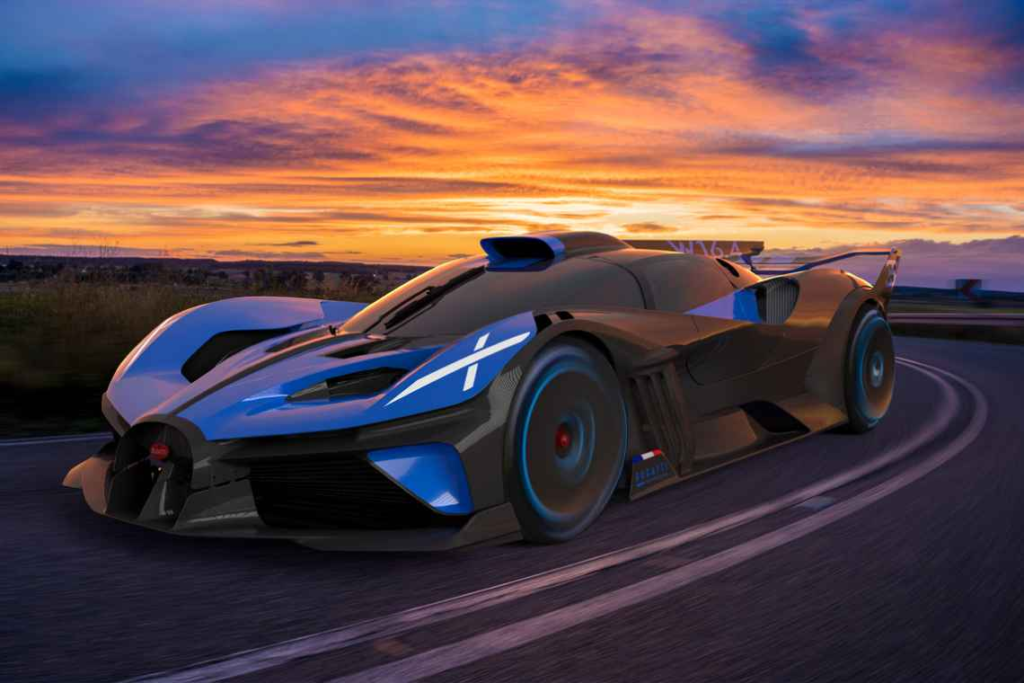
When evaluating a vehicle’s performance, the top speed is often a key figure that enthusiasts and buyers alike are keen to know. The top speed of a car, or the maximum velocity it can achieve, is a prominent measure of its performance capabilities and engineering prowess. While top speed is not always the primary concern for most drivers, it remains an important metric that highlights the potential of a vehicle and serves as a testament to its engineering excellence.

1. What is Top Speed?
Top speed refers to the highest velocity a vehicle can reach under optimal conditions. It is typically measured on a straight, flat stretch of road or track where factors like wind resistance, road incline, and driver skill are controlled. This figure is often quoted in miles per hour (mph) or kilometers per hour (km/h) and represents the vehicle’s performance limits when it is pushed to its maximum. For performance cars, top speed is a crucial aspect of their allure, showcasing their capability to achieve impressive velocities.
2. Factors Influencing Top Speed
Several factors influence a vehicle’s top speed, including engine power, aerodynamics, weight, and drivetrain configuration.
- Engine Power: The power output of an engine, measured in horsepower, plays a significant role in determining a vehicle’s top speed. More powerful engines can generate higher speeds, as they provide the necessary force to overcome aerodynamic drag and rolling resistance.
- Aerodynamics: Aerodynamic design impacts how efficiently a car moves through the air. Vehicles with streamlined shapes and minimal drag can achieve higher top speeds because they face less resistance. Features like rear spoilers, diffusers, and low-slung profiles contribute to improved aerodynamics.
- Weight: A lighter vehicle generally achieves higher speeds more easily than a heavier one. Reducing weight improves acceleration and top speed, as the engine has to work less to overcome inertia.
- Drivetrain Configuration: The type of drivetrain (front-wheel drive, rear-wheel drive, all-wheel drive) affects a vehicle’s ability to reach its top speed. High-performance cars often use rear-wheel or all-wheel drive to manage power distribution more effectively at high speeds.
3. Real-World Implications of Top Speed
While the top speed is a fascinating figure, it has limited real-world application for most drivers. Legal speed limits on public roads and safety considerations often render top speed capabilities less relevant for everyday driving. However, understanding a car’s top speed can be important for specific uses, such as track days or high-speed driving enthusiasts. It also serves as a benchmark for comparing the performance potential of different vehicles.
4. Top Speed and Performance Cars
Performance and supercars are designed to achieve exceptionally high top speeds. For example, models like the Bugatti Chiron Super Sport 300+ and the Hennessey Venom F5 are engineered to reach speeds well over 250 mph. These cars are equipped with advanced technology, powerful engines, and aerodynamic enhancements to push the boundaries of speed. The pursuit of top speed is often a key focus for manufacturers aiming to set world records and showcase their engineering capabilities.

5. Safety and Engineering Considerations
Achieving high top speeds involves significant engineering challenges, particularly concerning safety and stability. High-speed vehicles are equipped with specialized features to ensure safety, such as advanced braking systems, reinforced chassis, and sophisticated suspension setups. Engineers must carefully balance speed with control and safety to ensure that the vehicle remains stable and manageable at extreme velocities.
6. The Future of Top Speed
As automotive technology advances, the quest for higher top speeds continues. Innovations in materials, aerodynamics, and propulsion systems, such as electric powertrains, are pushing the boundaries of what is possible. Electric vehicles, with their instant torque and advanced engineering, are already making a mark in the top-speed arena. Future developments will likely see even more impressive feats of speed as technology evolves.
Conclusion
Top speed remains a captivating aspect of automotive performance, highlighting the engineering excellence and performance potential of a vehicle. While it may not be a daily concern for most drivers, it serves as an important benchmark for enthusiasts and manufacturers alike. Understanding the factors that influence top speed and recognizing its implications can provide valuable insights into a vehicle’s capabilities and the exciting possibilities of automotive innovation.







